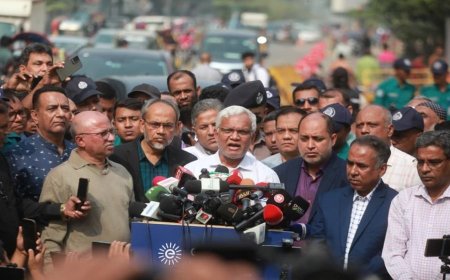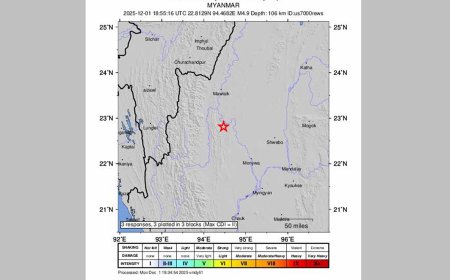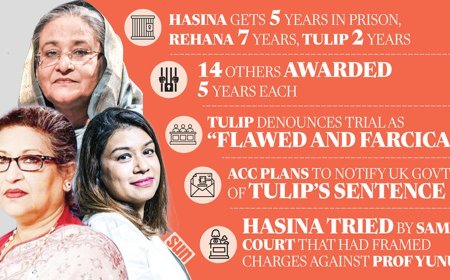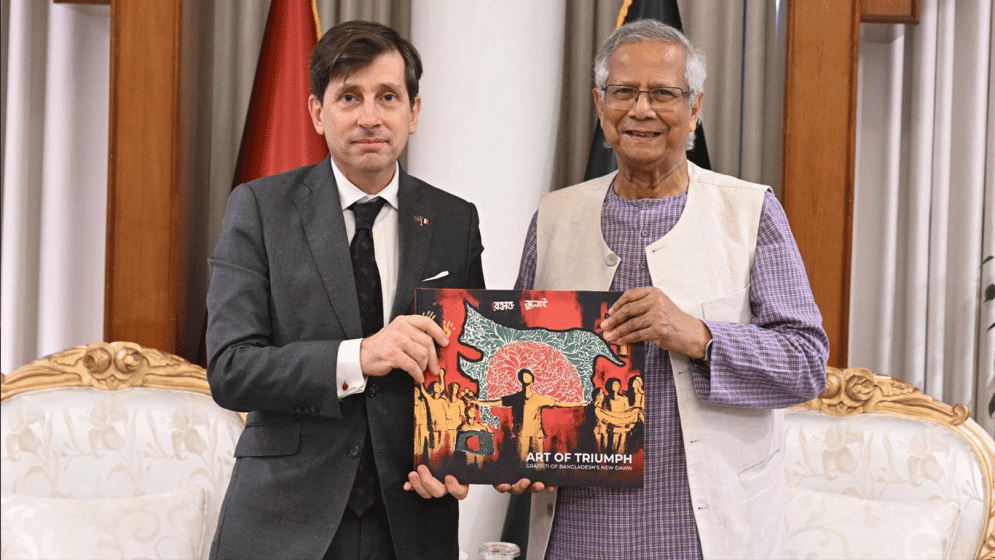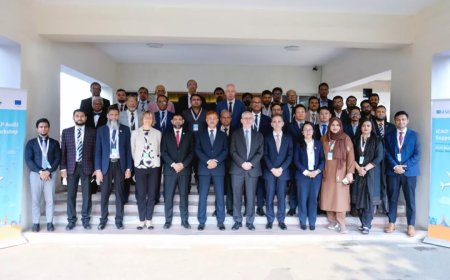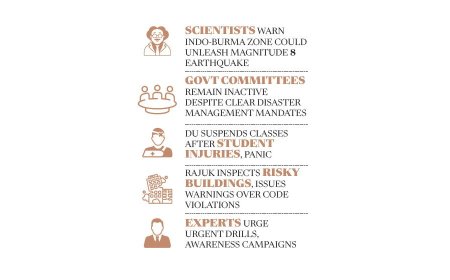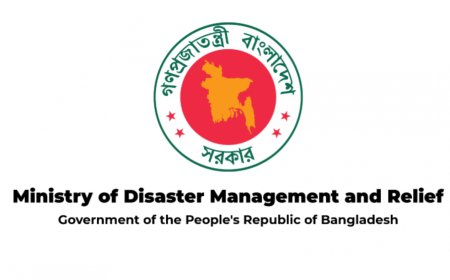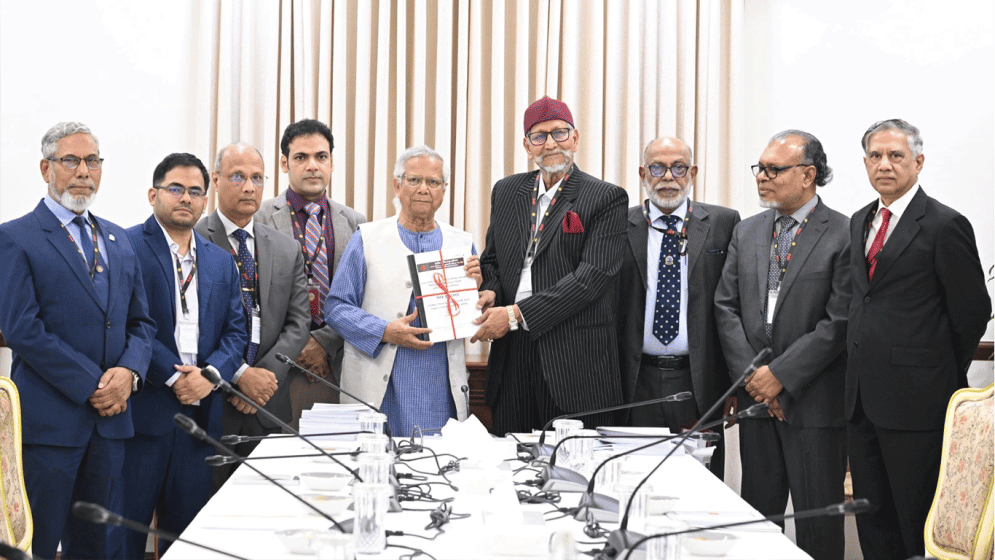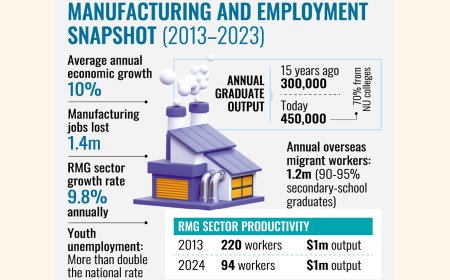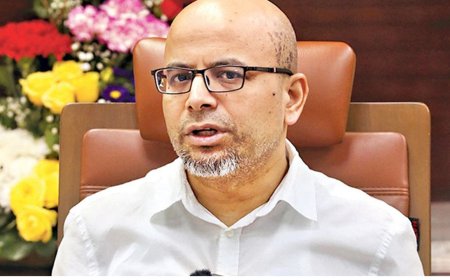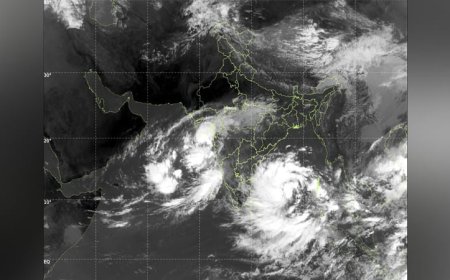Bangladesh To Make All Procurements For Natural Resource Extraction Fully Transparent: US
It Outlines Measures Bangladesh Could Adopt To Enhance Fiscal Transparency
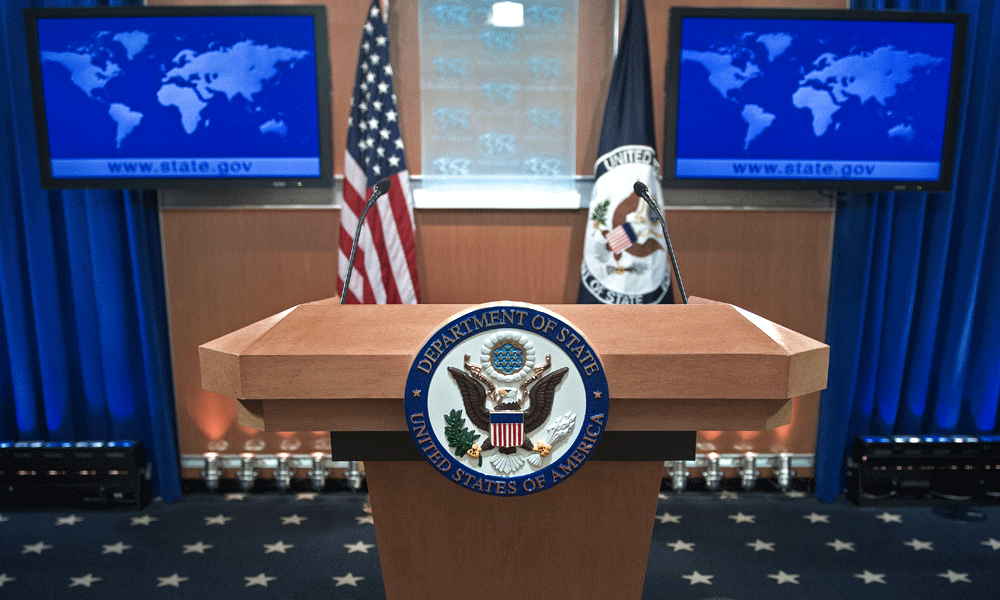
The United States (US) has stated that the interim government of Bangladesh has moved to make all procurements for natural resource extraction fully open and transparent, suspending all prior or ongoing direct negotiations initiated by the previous government.
In its Congressionally-mandated 2025 Fiscal Transparency Report, released on September 19, the US outlined several measures Bangladesh could adopt to enhance fiscal transparency.
The report noted that the government, as specified in law or regulation and seemingly followed in practice, had established criteria and procedures for awarding natural resource extraction contracts and licenses, while providing limited information on public procurement contracts.
Due to the change in government, the report’s Bangladesh chapter observed that the government’s supreme audit institution did not review the government’s accounts but released some summarized findings publicly within a reasonable period.
The report also stated that the supreme audit institution did not meet international standards of independence, according to the US Department of State.
Steps Bangladesh Could Take To Improve Fiscal Transparency Include:
-
Making its end-of-year report publicly available within a reasonable period;
-
Preparing budget documents according to internationally accepted principles;
-
Breaking down expenditures to support executive offices in the budget;
-
Providing a substantially complete picture of government revenues and expenditures in the budget;
-
Ensuring the supreme audit institution meets international standards of independence and has adequate resources to access the entire executed annual budget in a timely and direct manner;
-
Publishing timely audit reports containing substantive findings, recommendations, and narratives;
-
Making basic information on natural resource extraction awards publicly available; and
-
Publishing information on public procurement contracts.
During the review period, a non-political interim government replaced the previous government responsible for budget creation. The interim government generally adhered to the budget recommendations and implementation procedures of the prior government and initiated significant reforms to improve fiscal transparency.
The prior government had made its executive budget proposal and enacted budget publicly available, including online, but did not release its end-of-year report within a reasonable period. Budget information was generally considered reliable, although documents were not prepared according to internationally accepted principles, the US report noted.
Information on debt obligations was publicly available, and budget documents provided a reasonably complete view of the government’s planned expenditures and revenues, including revenues from natural resources. However, the report noted that the government did not break down expenditures to support executive offices, nor did the budget provide a fully comprehensive picture of revenues and expenditures. Publicly available budget documents did include financial allocations to and earnings from state-owned enterprises.
Fiscal transparency is a crucial element of effective public financial management. It helps build market confidence, supports global economic stability, and creates a level playing field for US firms, said a spokesperson at the US Department of State. It also fosters greater government accountability by providing insight into government budgets and spending.
Annual reviews of fiscal transparency help ensure the appropriate use of US taxpayer funds. In this year’s report, US officials found that 71 of 140 governments and entities assessed met minimum fiscal transparency requirements, while 69 did not. Of these, 26 made significant progress toward meeting the minimum requirements.
Consistent with requirements in the FY 2024 Department of State, Foreign Operations, and Related Programs Appropriations Act, as continued by the FY 2025 Continuing Resolution, the 2025 report described minimum fiscal transparency requirements, reviewed governments (most of which were identified as US assistance recipients in the 2014 Fiscal Transparency Report), and assessed those that did not meet the requirements during the review period of January 1 to December 31, 2024.
The report also indicated whether governments that failed to meet these requirements made significant progress in publicly disclosing national budget documentation, contracts, and licenses. The Department of State evaluated the public availability, completeness, and reliability of budget documents, as well as the transparency of processes for awarding government contracts, licenses, and public procurement contracts.
What's Your Reaction?







